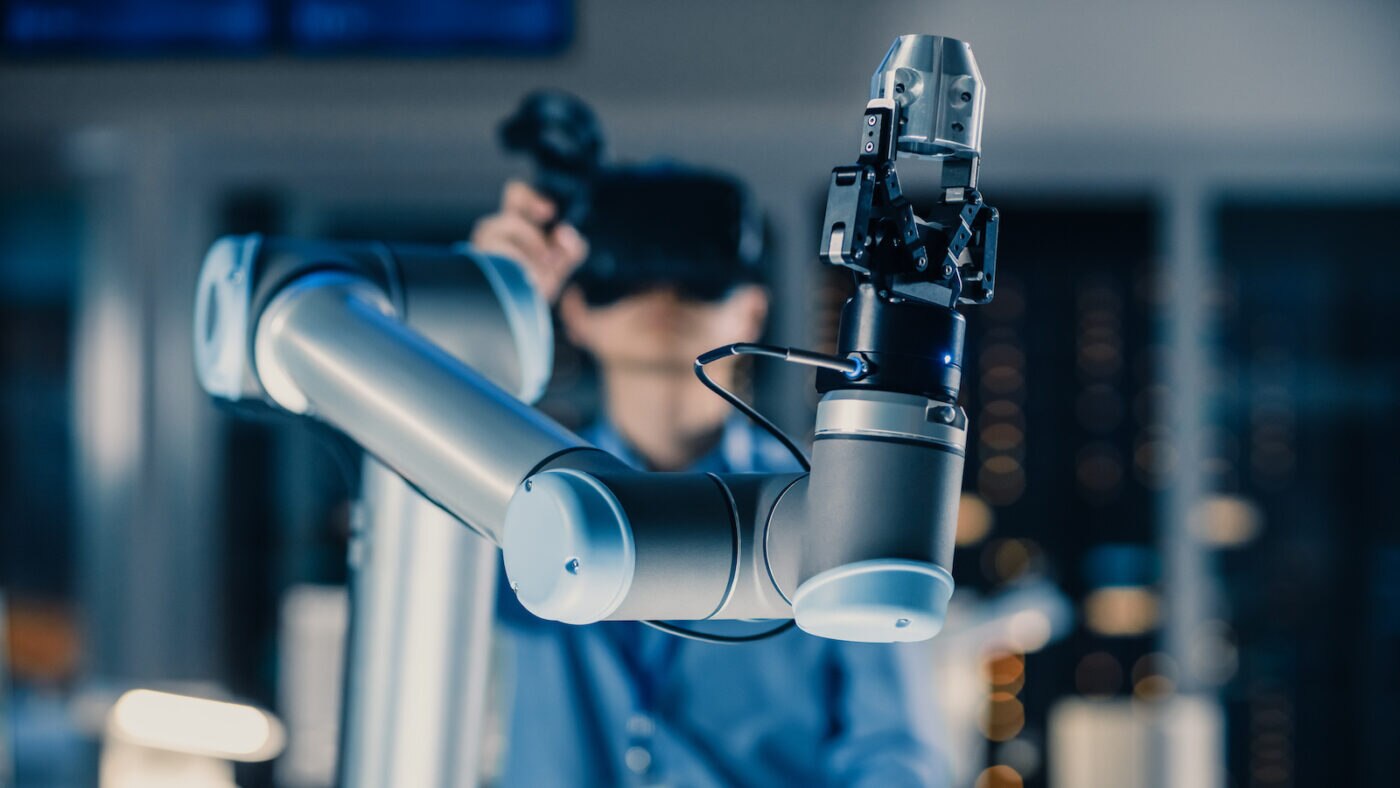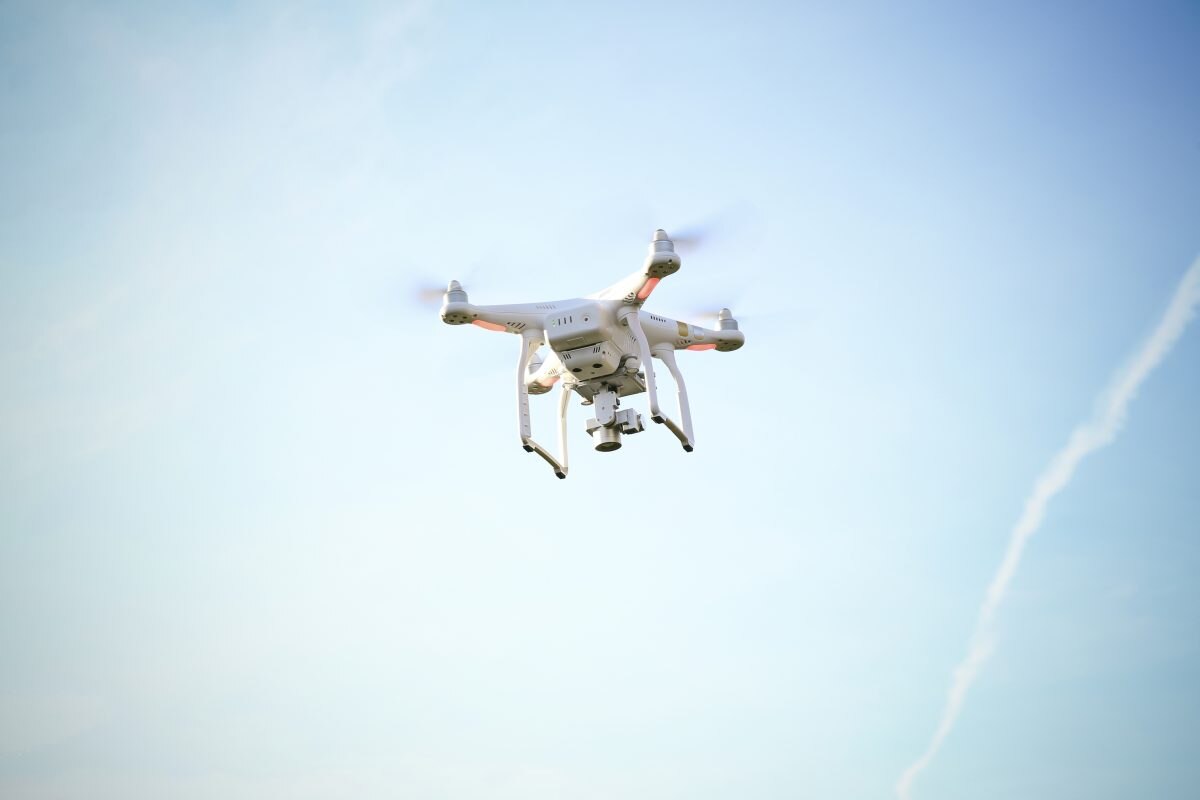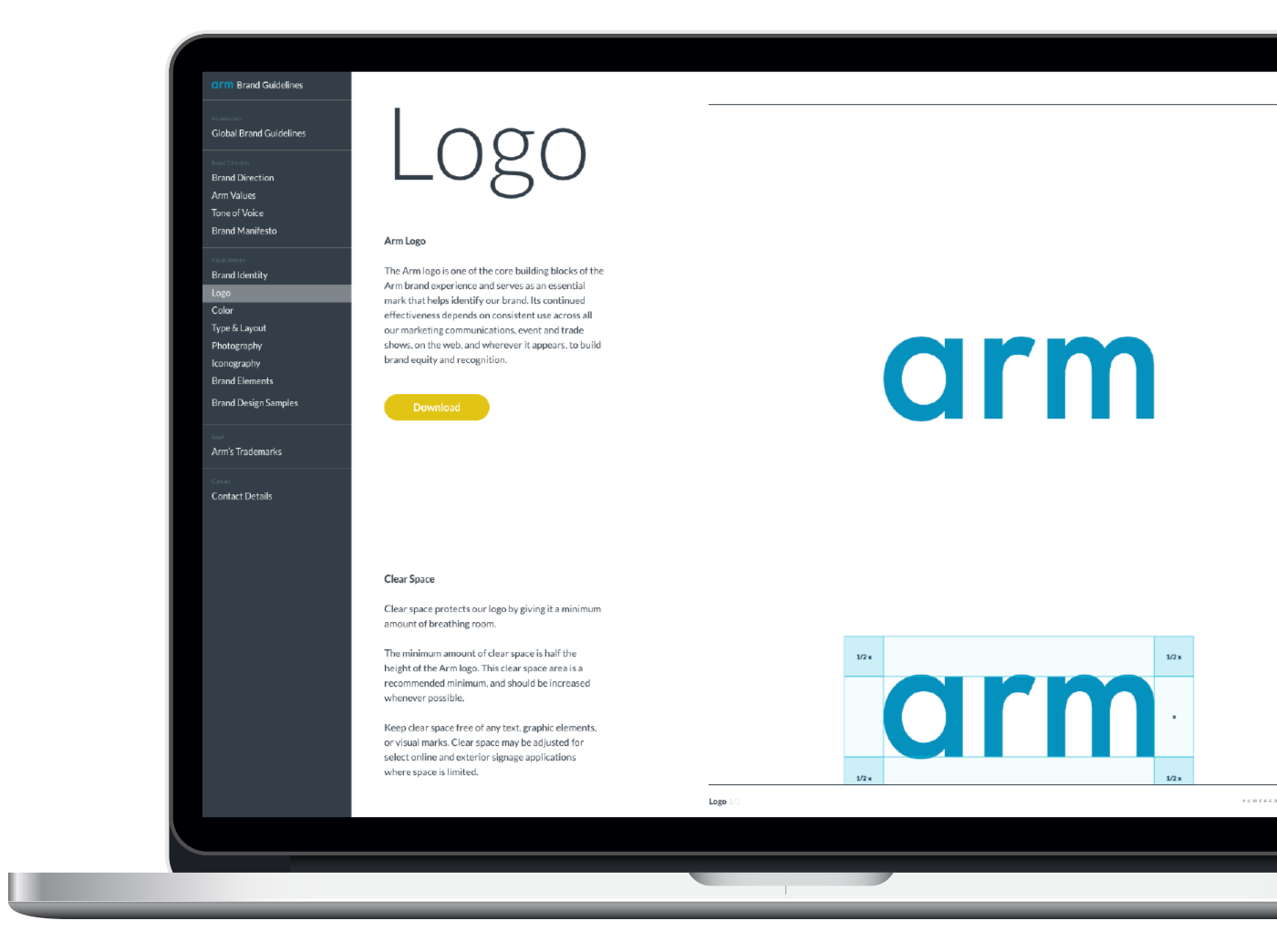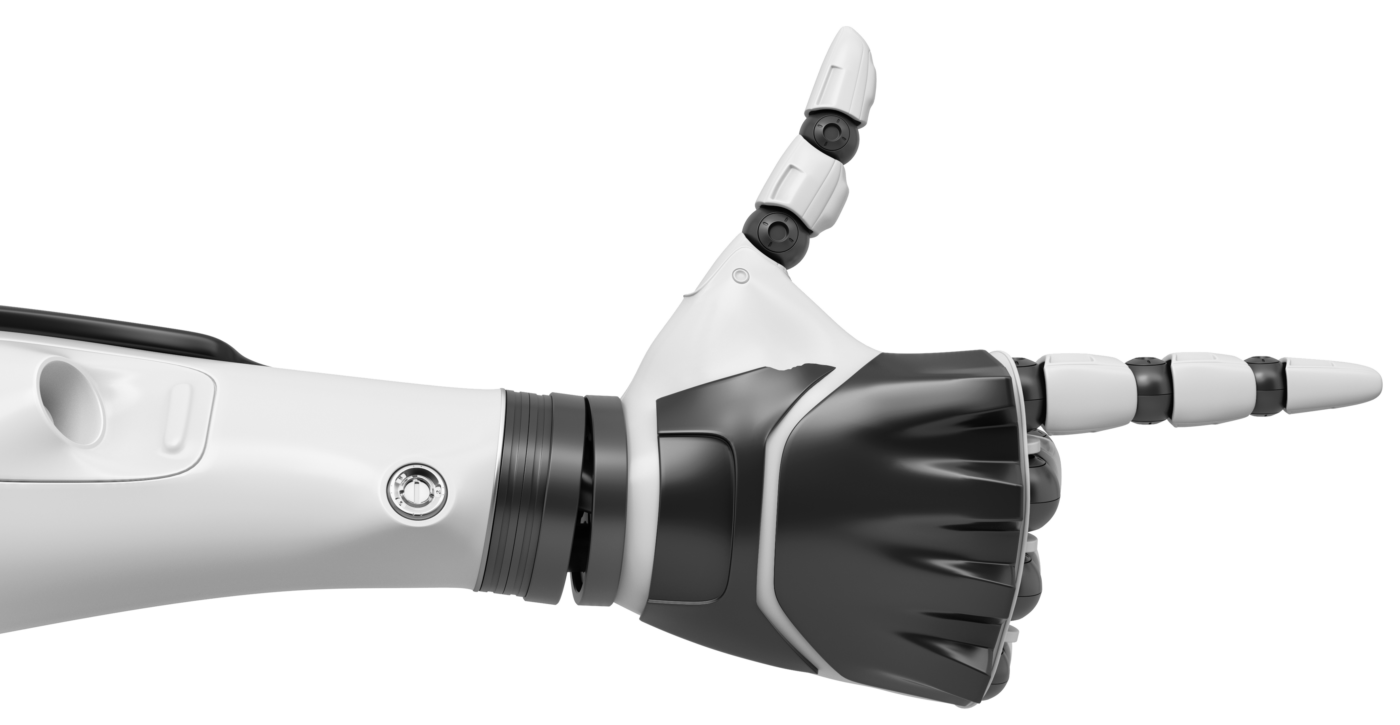Building The Metaverse: The Vision

The longer-term vision of the metaverse is a universe where a massive computer-generated virtual world – or worlds – will be deeply intertwined with the physical world. This will enable humans and things to interact, transact, and collaborate in parallel or in superposition in ways that will mesh real-world activity and simulation in various and increasing indistinguishable ways.
The metaverse will touch every part of our lives, enabling applications for ubiquitous presence and digital teleportation, preventative healthcare for all through remote diagnostics, mass personalization, and even human augmentation, like memory backup and replay for your brain through human-machine interfaces. But it won’t be defined by a single thing. Instead, the metaverse will be a collection of different environments touting different features, serving different communities and existing for varied purposes that nonetheless will become unified for the individual.
It will also fundamentally change the way we build, deploy, and consume technology. Credit Suisse estimates that household data usage in the U.S. will climb by 20x by 2032 to 16,800 GB per month in large part because of data-rich metaverse applications. The same report predicts that sales of augmented reality (AR) and virtual reality (VR) hardware for personal use will grow by 36% per year and exceed $12 billion by 2025. Likewise, data traffic over public networks and clouds could increase by 24x. Early adopters in apparel and sporting goods are already laying out metaverse spending plans.
The momentum behind the metaverse is driven by a combination of technical sophistication and human readiness. CPUs, GPUs, artificial intelligence (AI), machine learning (ML), high-speed communications, and vast networks of massive cloud data centers give application developers a foundation to create immersive, engaging scenarios that weren’t possible when early avatar networks like Habbo and Second Life emerged.
Just as important, metaverse applications should find an accepting and willing audience. The pandemic, growing traffic problems through increased urbanization, and climate change will increasingly make working-from-home and videoconferencing a larger part of our lives. Metaverse applications could turn not travelling into something more compelling. Companies are also looking toward digital technologies to solve previously intractable problems, such as monitoring engines and equipment before failure. Similarly, media conglomerates are continually on the lookout for new entertainment experiences, especially those that may be more difficult to pirate.
Some of the leading use cases include:
Transcending time and place
Metaverse applications will be deployed to make videoconferencing more realistic and immersive. ML-generated 360-degree views could replace the current “Hollywood Squares” experience of today’s calls. (The movie “The Kingsmen” contains scenes imaging panoptic communications.)
Streams from drones or remote cameras combined with visual data overlays and spatial information could provide maintenance crews detailed views of the state of hydroelectric dams or other remote assets. In a similar vein, AR, ML, and robots will be used to manage dark factories and warehouses, operating with minimal light and air conditioning: humans will be able to see what’s happening through automated drones.

Metaverse applications can also be employed to make computing more sustainable: replacing video streams with photorealistic, real-time renderings of individuals with AI can potentially reduce the energy required in communications.
A window into the unseen
Besides transcending time and place, applications, such as PTC Vuforia, can give repair crews realistic simulations of the inside of running motors and other sealed systems complete with data overlays regarding oil temperature, oil pressure, and other pertinent data generated from live sensor data. Likewise, similar applications will enable surgeons to get an internal view of organs.
One can even imagine home repair applications with metaverse simulations generating depictions of water damage or dry rot embedded in roofs and walls to take guesswork out of home repair.
Alternate Realities
This is likely the most familiar type of metaverse application to date through Pokémon Go and the Meta Oculus. AR tourism has sprung up in cities like Rome as a way to let visitors examine lost archeological wonders. Earlier this year, the U.S. Patent Office granted Disney a patent for a virtual world simulator that the company highlighted in a recent earnings call.

Alternate realities are now spreading to retail with clothing designers and furniture manufacturers developing applications that effectively give consumers a realistic image of how a particular coat might suit them in different weather conditions or how a couch might look once in their home. In real estate, AR applications will piggyback on the 3D photography platforms from Matterport and others already gaining popularity. Guesswork, transaction times, and buyer’s remorse would all potentially be reduced.
As the technology improves, alternative realties will complement online training and university courses. Shipbuilder Fincantieri Delfi already leverages realistic simulations of entire ships to train crews. Likewise, city planners will use the technology to study the impact of different policy suggestions or growth patterns on traffic, air pollution, water consumption and other critical parameters. Ideally, more informed decision making will lead to better outcomes.
Expanding human capabilities
Real time translation will help transcend linguistic and cultural barriers that can now impede commerce or deal making. Haptics and eventually brain-computer interfaces will allow recovering or learning new senses. Digital super assistants will record searchable events to enhance memories and, no doubt, settle family arguments.
What markets will move first? In all likelihood, entertainment will generate the first killer apps. The industry has the most experience developing AR applications and knows the challenges. Just as important, the risks and regulatory barriers are low. Virtual commerce and education could follow in relatively quick order for similar reasons. The technologies for bringing metaverse experiences to these segments largely exists: the challenge is finding the right formula of application, hardware, and services that users find appealing.
Similarly, metaverse videoconferencing can take off once the right formula for infrastructure, applications, software, and services is figured out. The risks, regulatory hurdles, and costs should be manageable.
Health care, manufacturing, drug discovery, maintenance, and other industrial applications will be more challenging. While the potential benefits and ROI are high, so arguably are the risks. Industrial customers historically also tend to be conservative by nature when it comes to adopting new technologies. The exception might be in alternative reality applications as the benefits of an additional simulation can far outweigh the risks.
This article originally appeared in Semiconductor Engineering.
Enabling the metaverse through XR experiences
The ongoing virtual reality, augmented reality, and mixed-reality revolution demonstrates the power and potential of immersion in specialty systems and use cases.
Any re-use permitted for informational and non-commercial or personal use only.













